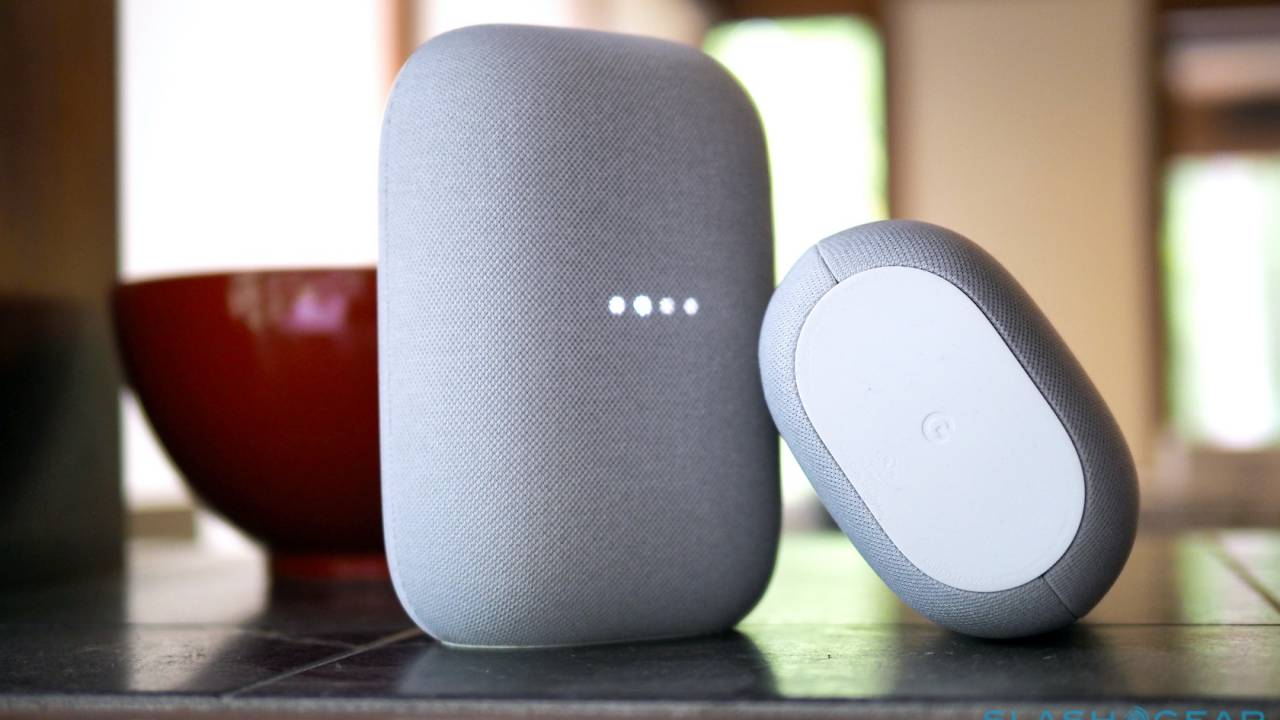After years of decline and delay, NASA finally launched James Webb Space Telescope on Christmas Day 2020, leading a new era of space observations. The observatory is still running through its initial stages of mission, a process that includes everything from spreading antennas with high gains and other systems to start the injection burns of their orbit.
He whole deployment process will take months, with NASA explained in the mission line that James Webb Space Telescope will not start carrying out regular science operations of up to about six months after the launch, placing the end of this deployment process around mid-summer this year.
On new tweet threads, the official NASA Twitter account dedicated to the observatory space described why it does not include a camera on the telescope to record the deployment process over the coming months. Although including the camera “sounds like a no-brainer,” said NASA, there was a number of big reasons why it made the decision to pass this instrument.
NASA’s biggest reason does not include the camera to take a picture of a telescope on its journey is quite simple: the observatory side facing away from the sun is really dark, while the side facing the sun is very bright that the image is captured with a large contrast and large light contrast.
As if it was not a big enough problem to overcome, NASA also needed to power on each camera on the observatory, which means running the cable to them. Vibration and heat can pass the cable to the camera, impact on their image quality, plus “cold side” from space telescope will also introduce some “subtle” power balance problems.
Talking about temperature, NASA also explained that it had to develop a special camera that was able to withstand very cold temperatures on the observatory side facing the sun. Observatory James Webb is a very complicated project and adding the camera will only complicate things.
As mentioned, this observatory deployed various systems during its initial weeks in space. This causes the physical configuration of the telescope to change, and each camera installed on it needs to be designed in such a way that this spread will not disturb them and their ability to capture images of spacecraft.
NASA shows that it needs to determine the right loading of the camera for useful images, such as how many cameras are needed and how to get famous images without making the entire settings completely more complex. The best solution, given these challenges, is just avoiding including the camera completely.
Instead, the space agency explained that various sensors were used to determine the launch of success and that spreads as expected. The mission team on earth accepts this telemetry data from the observatory when operating in space, allowing them to monitor the system and to produce a visual representation of the observatory using “special visualization tools.”

